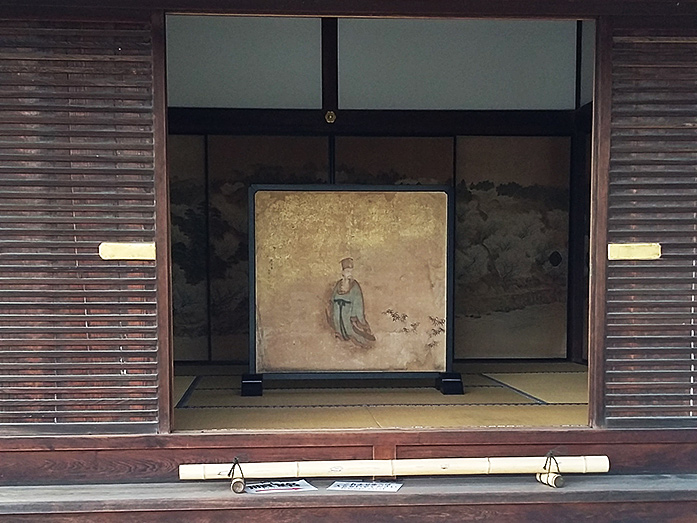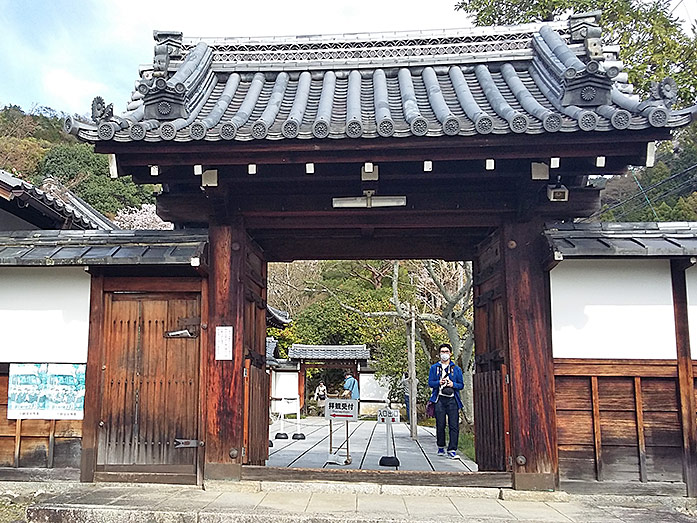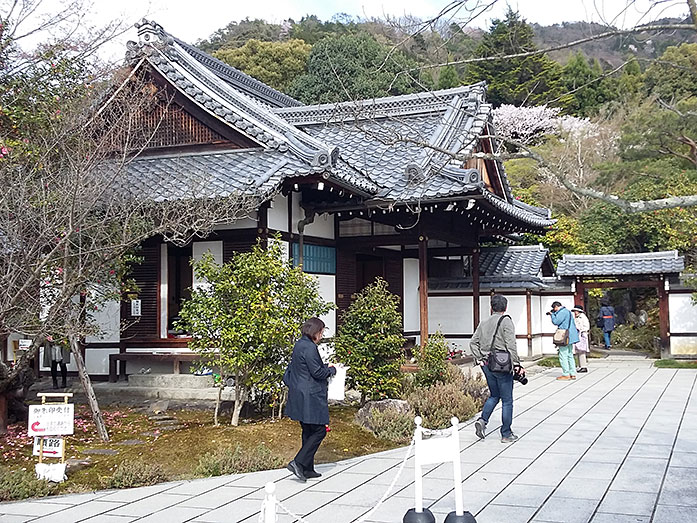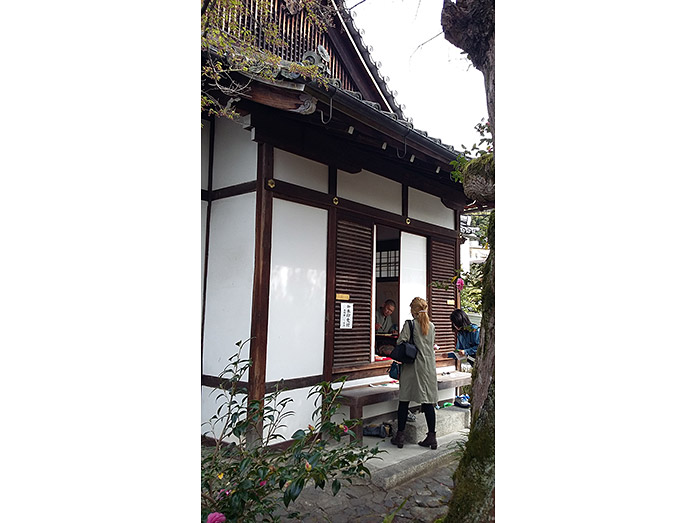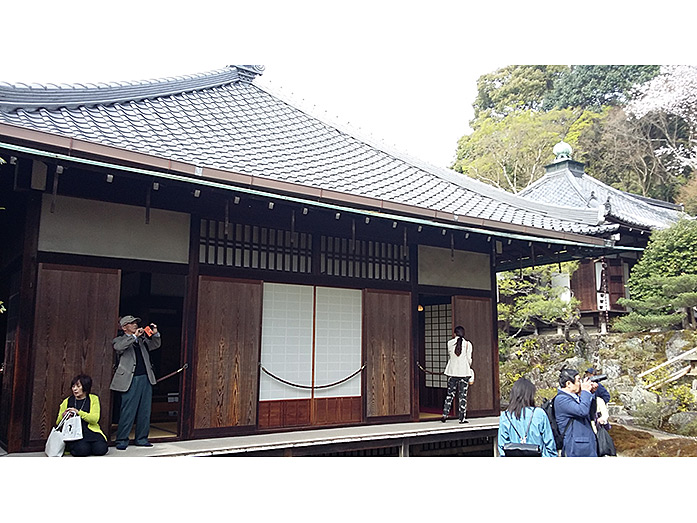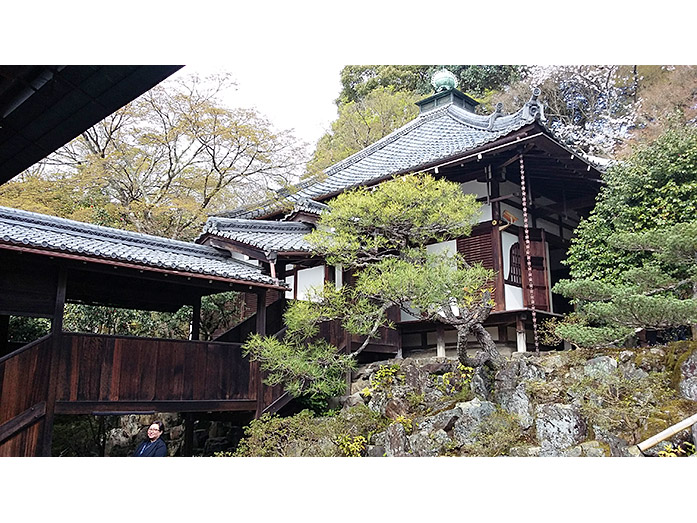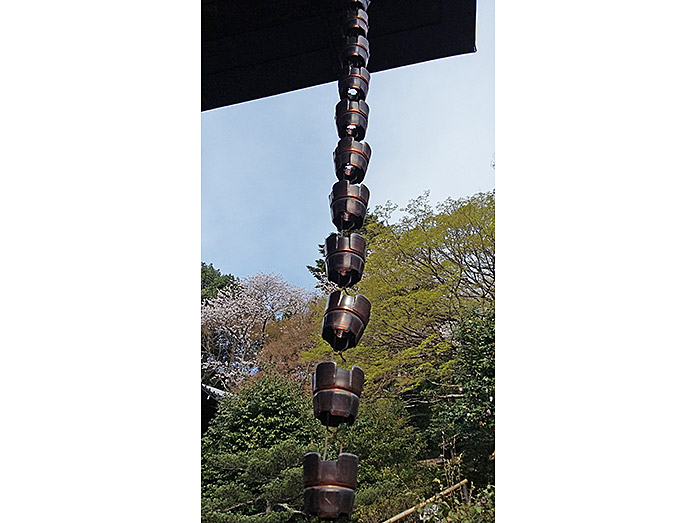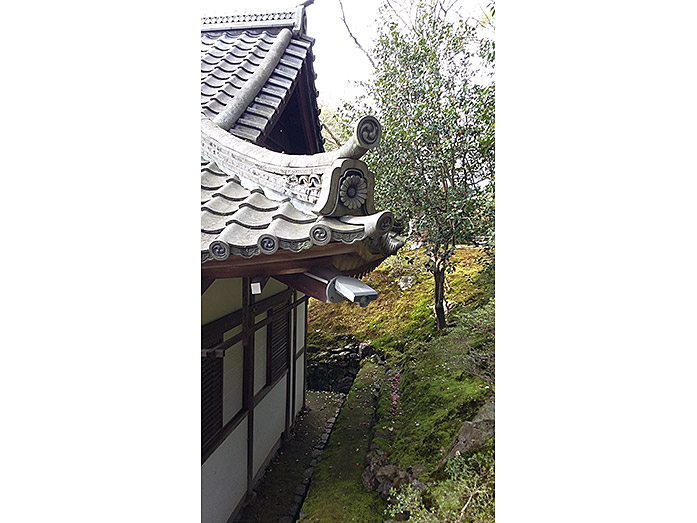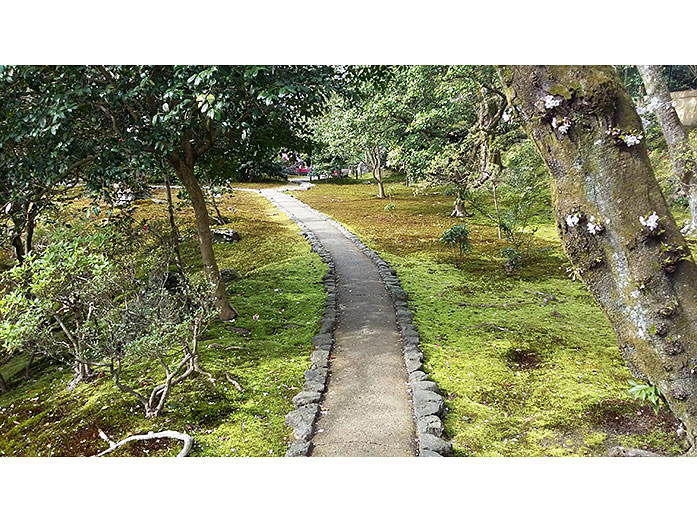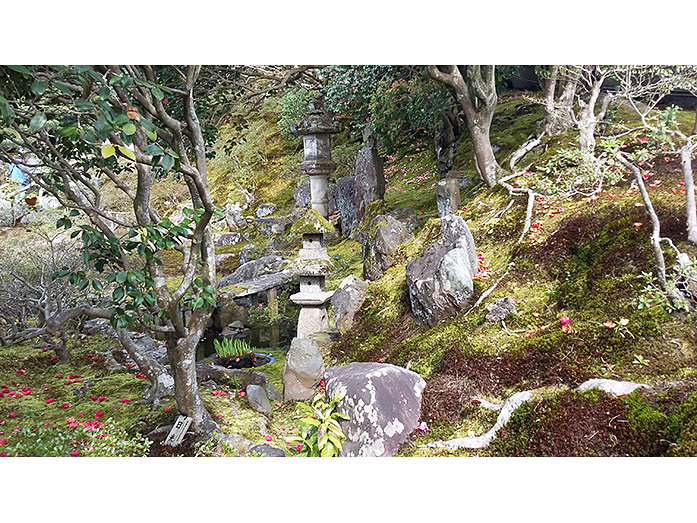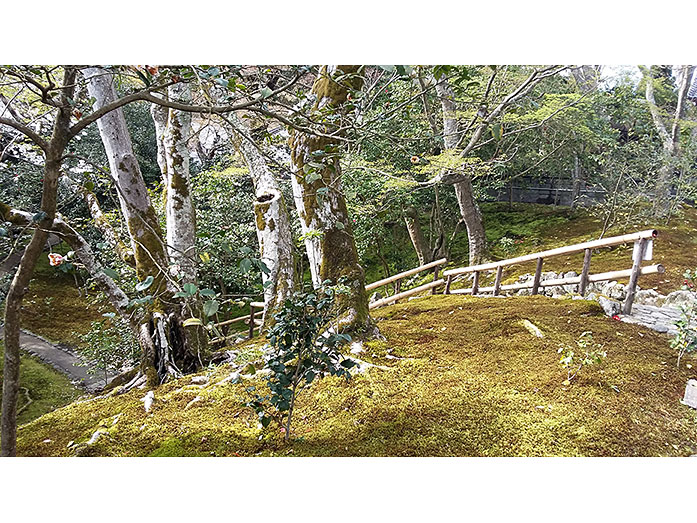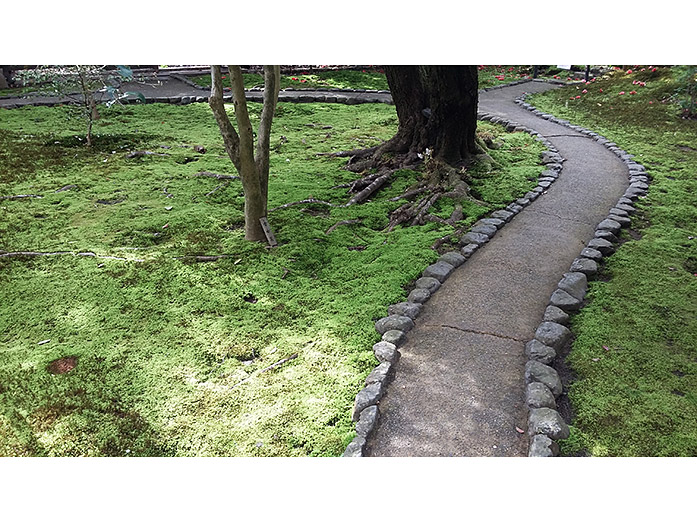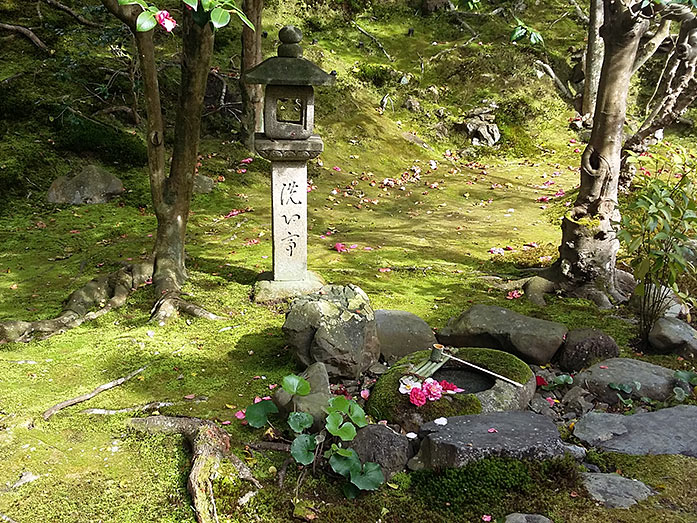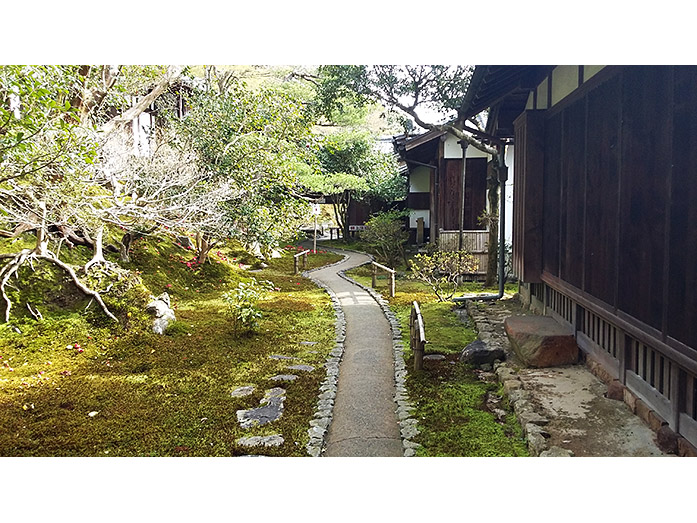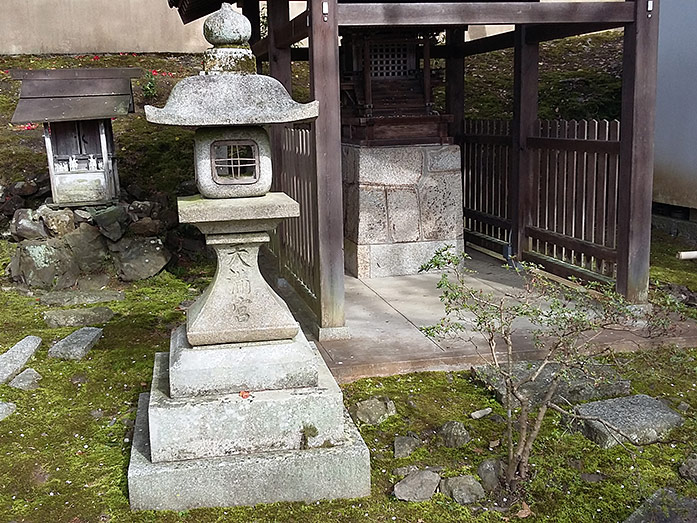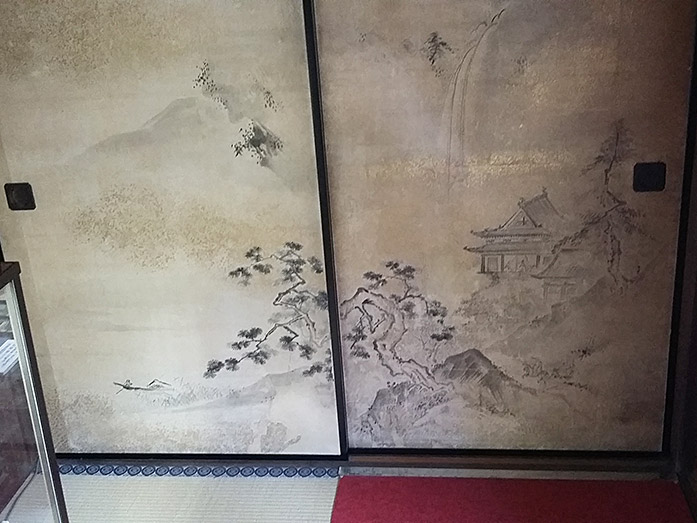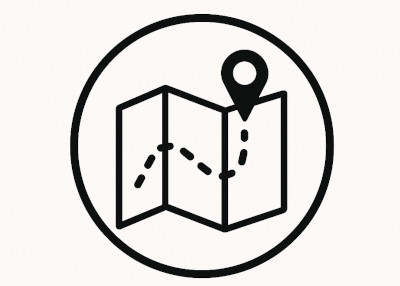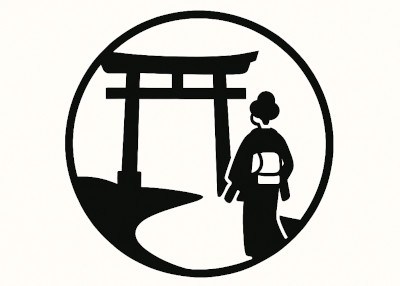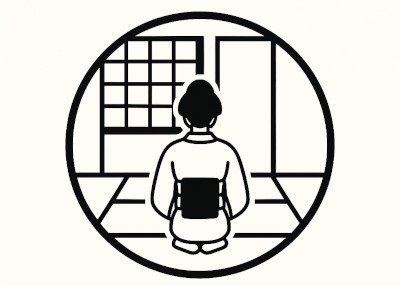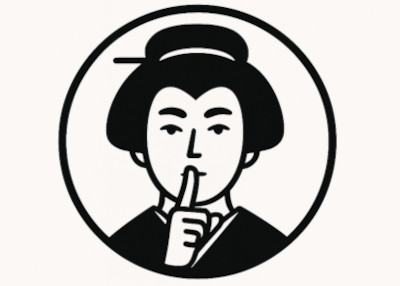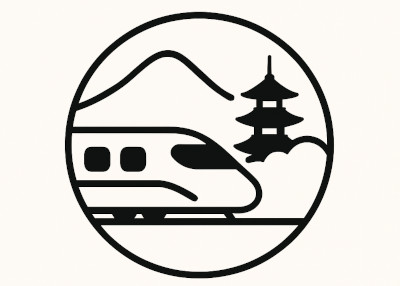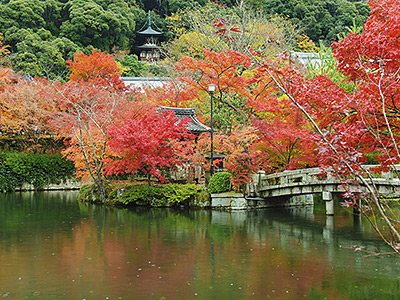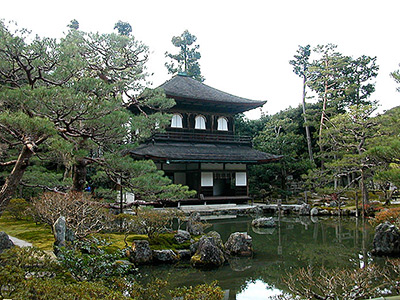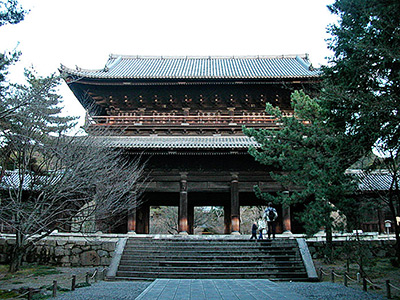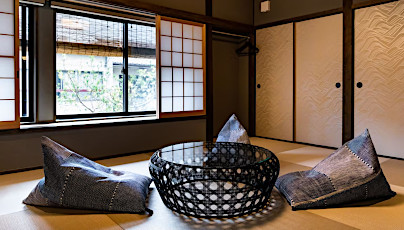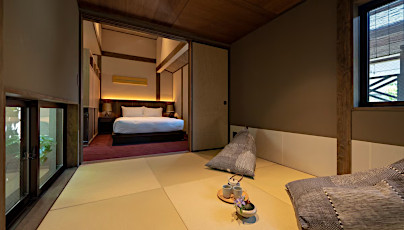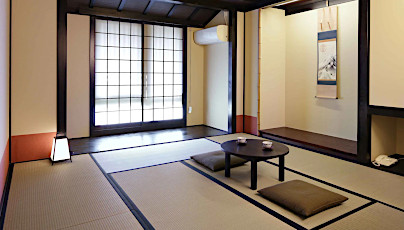Reikan-ji Temple in Kyoto
This post can contain affiliate links, which means that we may receive a small commission if you make a purchase using these links.
Facts & Figures
Reikan-ji Temple is a nunnery and part of the Nanzen-ji School of the Rinzai Zen sect. The temple grounds of Reikan-ji are only open for 2 weeks in April and 2 weeks in November. The beautiful Japanese landscape garden, the gorgeous screen paintings by Kano Eitoku and Kano Motonobu, numerous treasures related to the Imperial family and a collection of traditional Kyoto dolls (Gosho Ningyo) are the main attractions of this place.
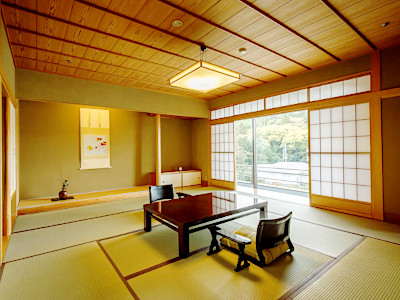 Best Places to Stay in Kyoto >
The temple is also famous for the blossoming of camellia trees during spring. Interesting to know that the Nikko Tsubaki (camellia) was designated as the city’s special natural monument.
Best Places to Stay in Kyoto >
The temple is also famous for the blossoming of camellia trees during spring. Interesting to know that the Nikko Tsubaki (camellia) was designated as the city’s special natural monument.
- Reikan-ji Temple:
- Open - during first 2 weeks of April and last 2 weeks of November
- Opening Hours - 10:00 am to 4:00 pm (last entry 3:30 pm)
- Admission Fee - 600 yen (Adults), 300 yen (Junior/High School Students)
History
Retired Emperor Go-Mizunoo (1596 - 1680) established this temple in 1654 and gave it the name Enjosan Reikan-ji. His daughter princess Johosshin-in-no-miya was the first abbess of this temple. In 1686 princess Fugen-in-no-miya moved the temple to its current place. The gate, entrance and shoin were donated by her father Emperor Go-Sai (1638 - 1685). In 1795 shogun Tokugawa Ienari (1773 - 1841) donated the main hall (Hondo). It became a tradition that princesses and granddaughters of Emperors served as priestesses at Reikan-ji. Until 1890 nuns of Fushimi Palace worked at the temple as Monzeki (priests of aristocratic or imperial lineage).
Location

Reikan-ji is located near Eikan-do Temple and Philosopher's Walk within the Sakyo district.
Address: 12 Goshonodan-cho, Shishigatani, Sakyo-ku, Kyoto
How to get to Reikan-ji?
- 35min from Kyoto Station to Ginkaku-ji-michi stop by bus number 5 or 17 and
- 8min walk from Ginkaku-ji-michi stop to Reikan-ji
Sightseeing spots
Top:
Japanese landscape garden - It is a typical garden of the Edo Period (1603 - 1868) with a narrow pond, stone garden, lanterns of Hannyajigata style and sevearal kinds of camellia.
Screen paintings - Enjoy the beautiful paintings of - Seasons flowers and birds - by the artists Kano Motonobu and Kano Eitoku.
Imperial family treasures - Many items were donated by the Imperial family like the kimono of princess Tofukumon-in, 200 traditional Kyoto dolls (Gosho Ningyo), letters written by Emperors (Gonara, Ogimachi, Gomizunoo and Gosai) etc.
Camellia trees - Emperor Go-Mizunoo (1596 - 1680) loved especially the chiri-tsubaki camellia tree at the temple grounds.
Festival & Events in Kyoto(dates can change without notice)
April
Miyako Odori (1st - 31th)
The traditional annual spring dance of the Kyoto district Gion Kobu performed by Geiko and Maiko is a must-see on your Kyoto visit. Don't miss the most popular dances the Miyako Odori "Cherry Blossom Dances" or "Dances of the Old Capital" at the Gion Kobu Kaburenjo Theater (located close to Gion Corner).
May
Aoi Matsuri (15th)
The highlight of this festival is a large parade from Imperial Palace through Shimogamo Shrine to the Kamigamo Shrine. More than 500 people wearing aristocratic costumes from the Heian Period (794 - 1185). The Aoi Matsuri belongs with the Gion Matsuri and Jidai Matsuri to the three most famous festivals in Kyoto.
June
Aoba Matsuri (Green Leaf Festival) at Chishaku-in (15th)
The festival is an ancient ritual of followers of the Shingon sect of Buddhism, which are called Yamabushi. They participate in a series of ceremonies like celebrating the birth of founder Kobo-Daishi (744 - 835).
July
Gion Matsuri (whole month)
The month July is full of different events like the Yoiyama - Kyoto's Magical Night (locals in kimonos look at the giant Gion floats the day before the parade) or the famous Yamaboko Junko (float procession on the 17th of July).
October
Jidai Matsuri ("Festival of Ages") (22nd)
People celebrate with a large parade between Imperial Palace to Heian Shrine the anniversary of the foundation of Kyoto. App. 2000 participants wearing historical costumes from different time periods. Enjoy this great festival which last around 2 hours.
Where to stay in Kyoto?
Book your Flight Tickets and Rental Car for your Japan trip
Day trips from Kyoto:
Travelers who viewed Reikan-ji viewed also:
Top rated - Best Machiya Houses in Kyoto
THE MACHIYA Ebisuya, 192 Ebisuya-cho Shimogyo-ku, Kyoto 600-8062
This 3-star guesthouse got an excellent rating. All 30 individually furnished rooms offer free WiFi, air conditioning, bathrooms incl. toilets, fridges, 40-inch flat-screen TVs, and more. THE MACHIYA Ebisuya is located in central Kyoto.
View on Expedia.com
This 3-star guesthouse got an excellent rating. All 30 individually furnished rooms offer free WiFi, air conditioning, bathrooms incl. toilets, fridges, 40-inch flat-screen TVs, and more. THE MACHIYA Ebisuya is located in central Kyoto.
View on Expedia.com
The Machiya Kazahaya, 570-6 Kazahayacho, Shimogyo-ku, Kyoto, Kyoto, 600-8475
The Machiya Kazahaya offers for all guest rooms free WiFi, air conditioning, safes, bathrooms with toilets, refrigerators, and much more. Enjoy also the beautiful Japanese Garden. Guests gave this property the rating - Exceptional.
View on Expedia.com
The Machiya Kazahaya offers for all guest rooms free WiFi, air conditioning, safes, bathrooms with toilets, refrigerators, and much more. Enjoy also the beautiful Japanese Garden. Guests gave this property the rating - Exceptional.
View on Expedia.com
Kyomachiya Ryokan Sakura Urushitei, 425 Kichimonjicho, Shimogyo-ku, Kyoto, 600-8069
This beautiful 3-star guesthouse offers 32 rooms with free WiFi, air conditioning, bathrooms incl. showers and toilets, refrigerators, and much more. Enjoy also the relaxing indoor public bath (no minerals). Guests gave this property the rating - Wonderful.
View on Expedia.com
This beautiful 3-star guesthouse offers 32 rooms with free WiFi, air conditioning, bathrooms incl. showers and toilets, refrigerators, and much more. Enjoy also the relaxing indoor public bath (no minerals). Guests gave this property the rating - Wonderful.
View on Expedia.com

